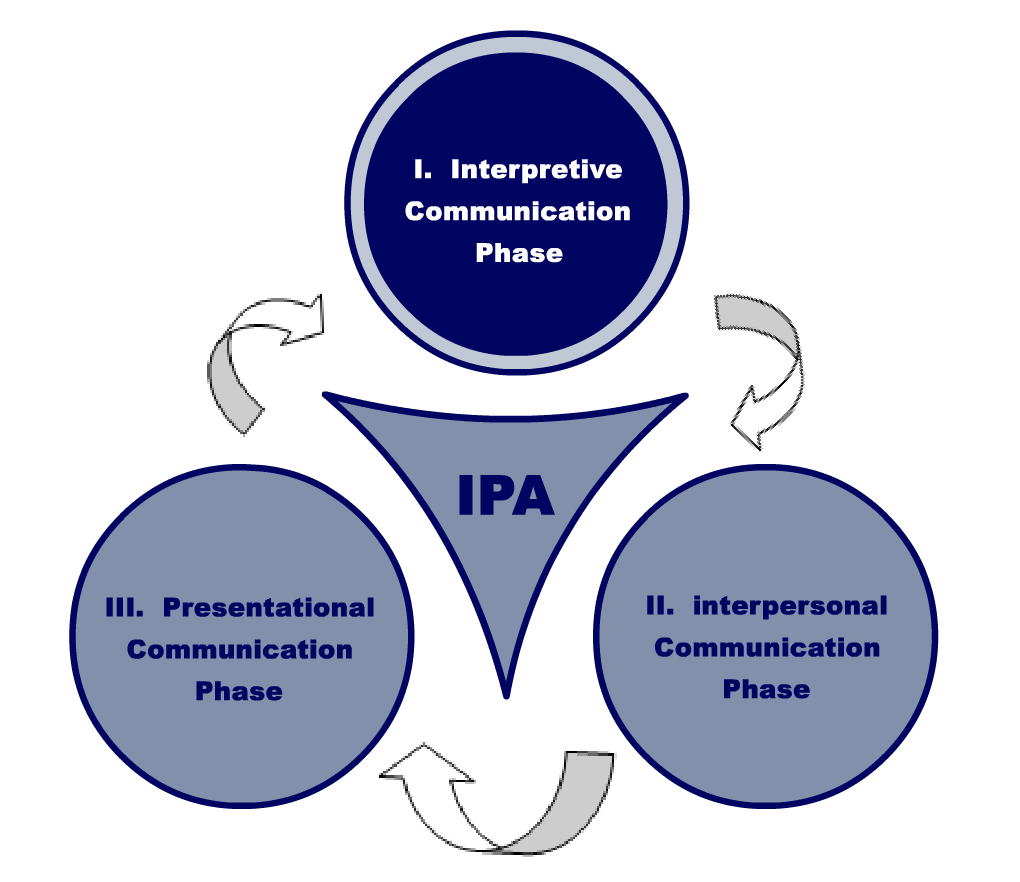 |
|
||||

|
Example 3: La Frontera by Dan Dunagan Phase 1: Interpretive Task Materials needed:
El Mexico que se nos fue, written and performed
by Juan Gabriel – Appendix A Step Two - The students will then read the lyrics. They will underline all words they do not understand. They will attempt to determine the meaning of the unknown words based on the context. Step Three - Next, they will listen to the song. They will listen to it only once. As they listen, they will read the accompanying lyrics. Step Four - After hearing the song, they will use the lyrics to answer the questions in the comprehension guide - Appendix B. Step Five - The questions on the comprehension
guide force the students to look at specific lines of the lyrics in
order to interpret meaning. The singer laments the loss of the traditional
lifestyle of the campesino. My students should extract this meaning
in nearly every verse of the lyrics. Scoring the comprehension guide The pre-reading/pre-listening questions will be scored based on completion. If they are done, the students receive a point per question. All of the other questions are based on having the correct answer. Each is worth one point if correct. Feedback – The day after the students have completed and turned in this assignment (at the beginning of class on Day 2), I will provide feedback. Specifically, we will look at two items. The first will be the use of cognates (abismo, quiosco, ingenio). For native speakers of English, cognates are still one of the best ways to interpret meaning from unknown Spanish words. The second item will be a review of the use of context to understand novel vocabulary (acequias, amargura, añoranza, ternura, milpa, cordura) found in the lyrics.
Navigation: Follow the IPA process or go directly to the section that is of most interest to you by clicking on the appropriate category
|
||||
